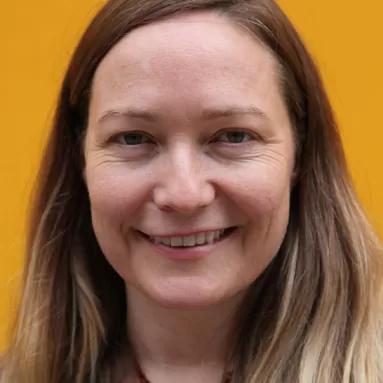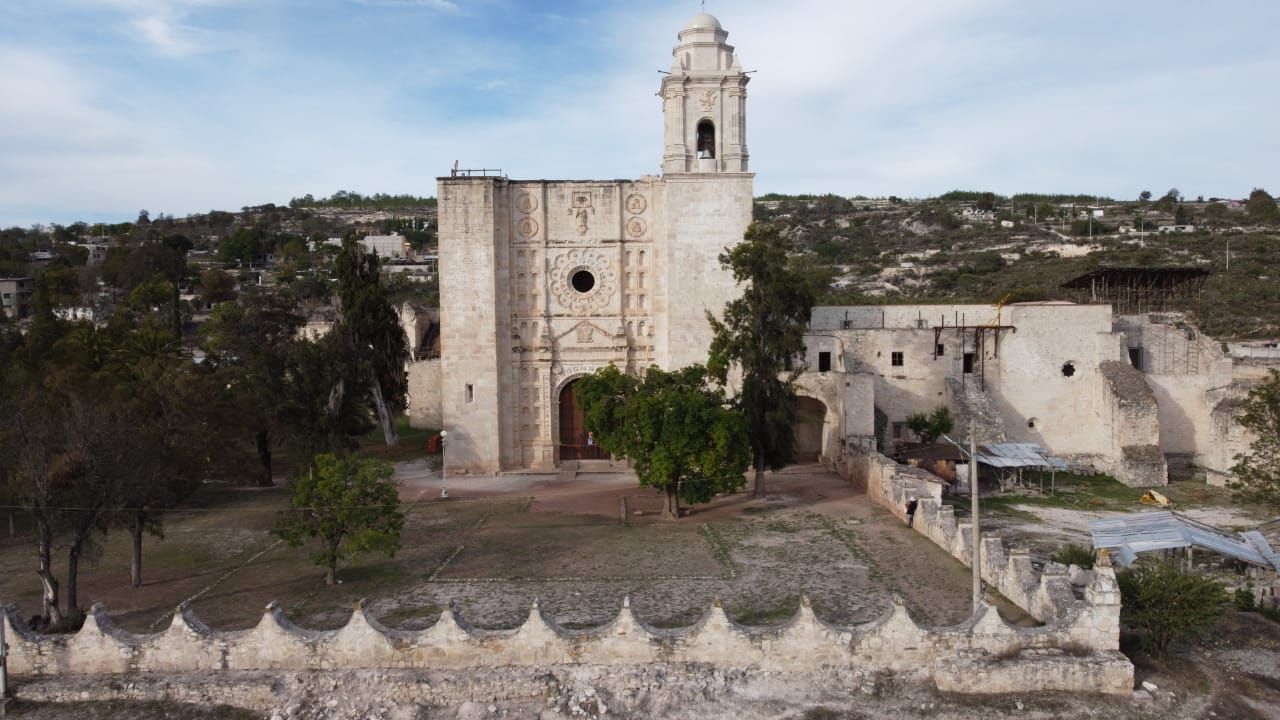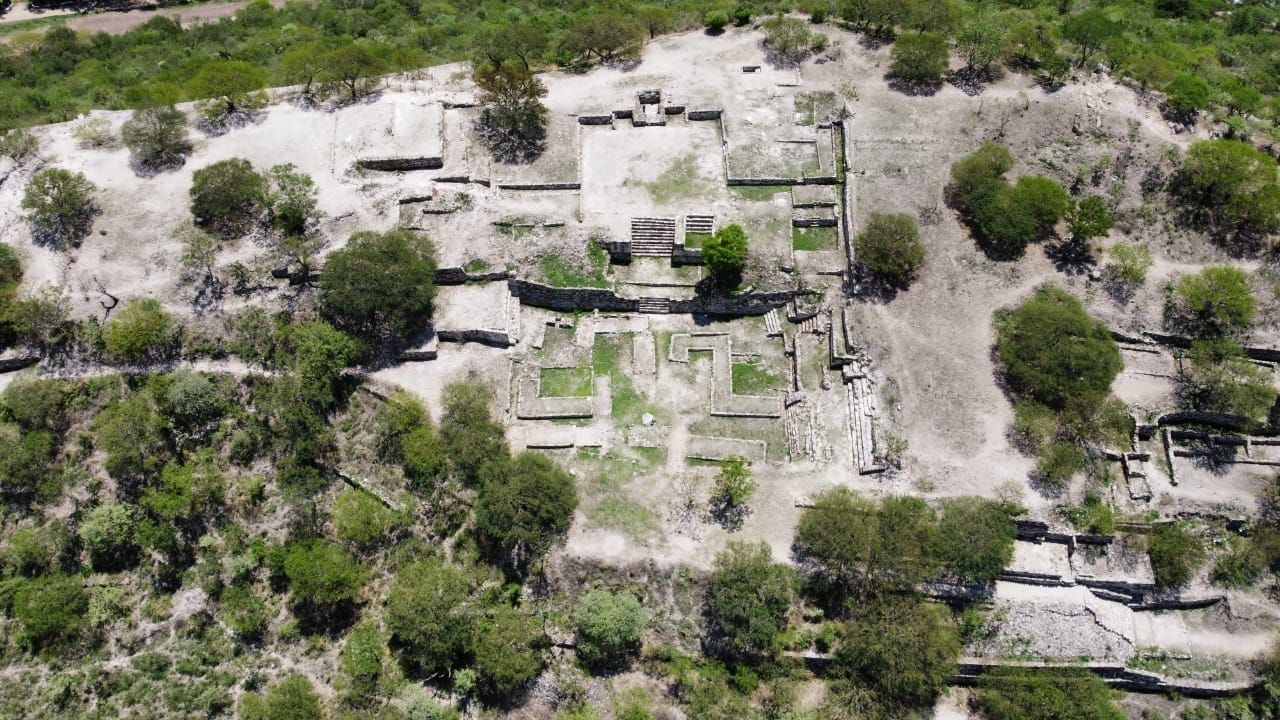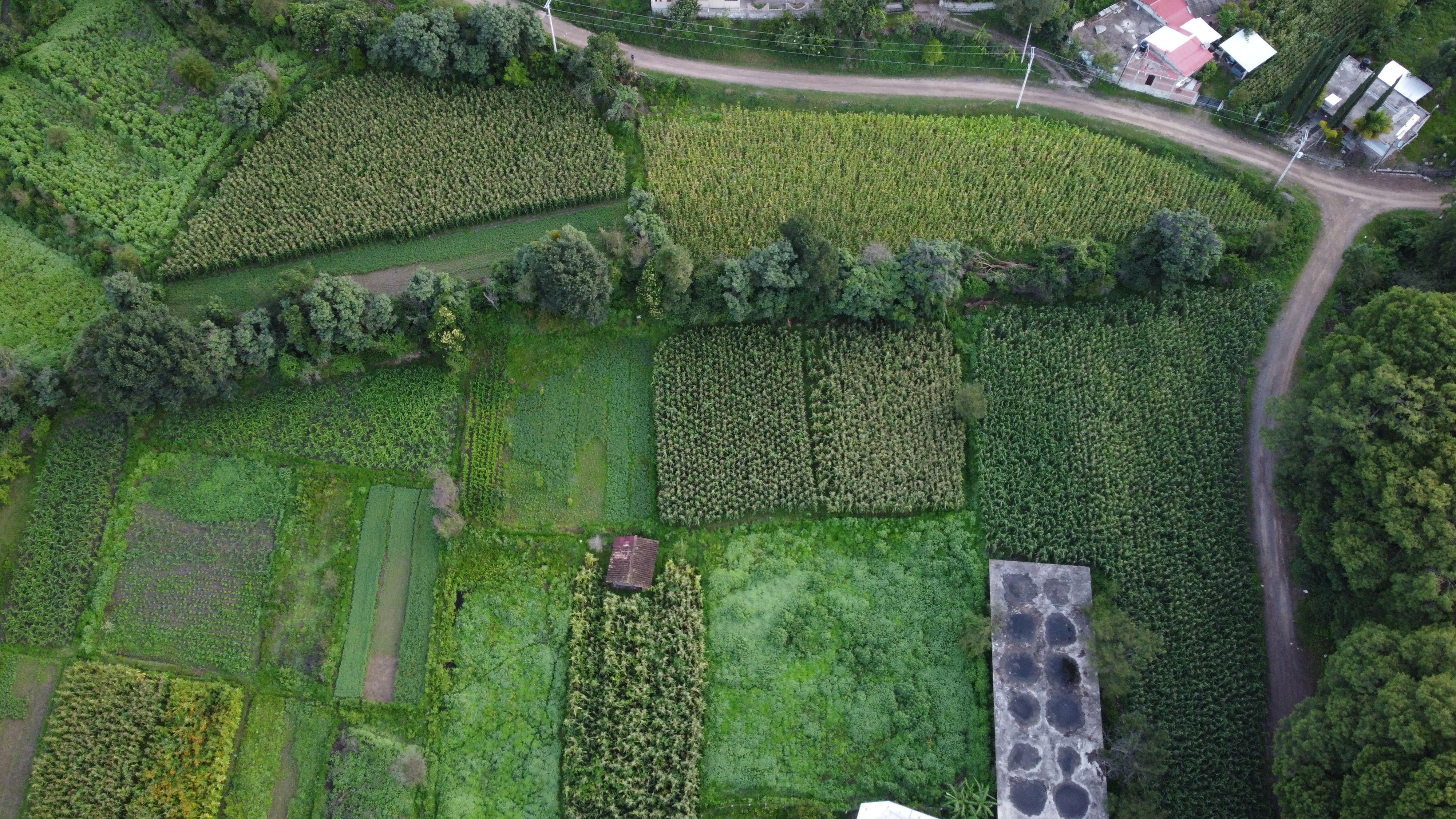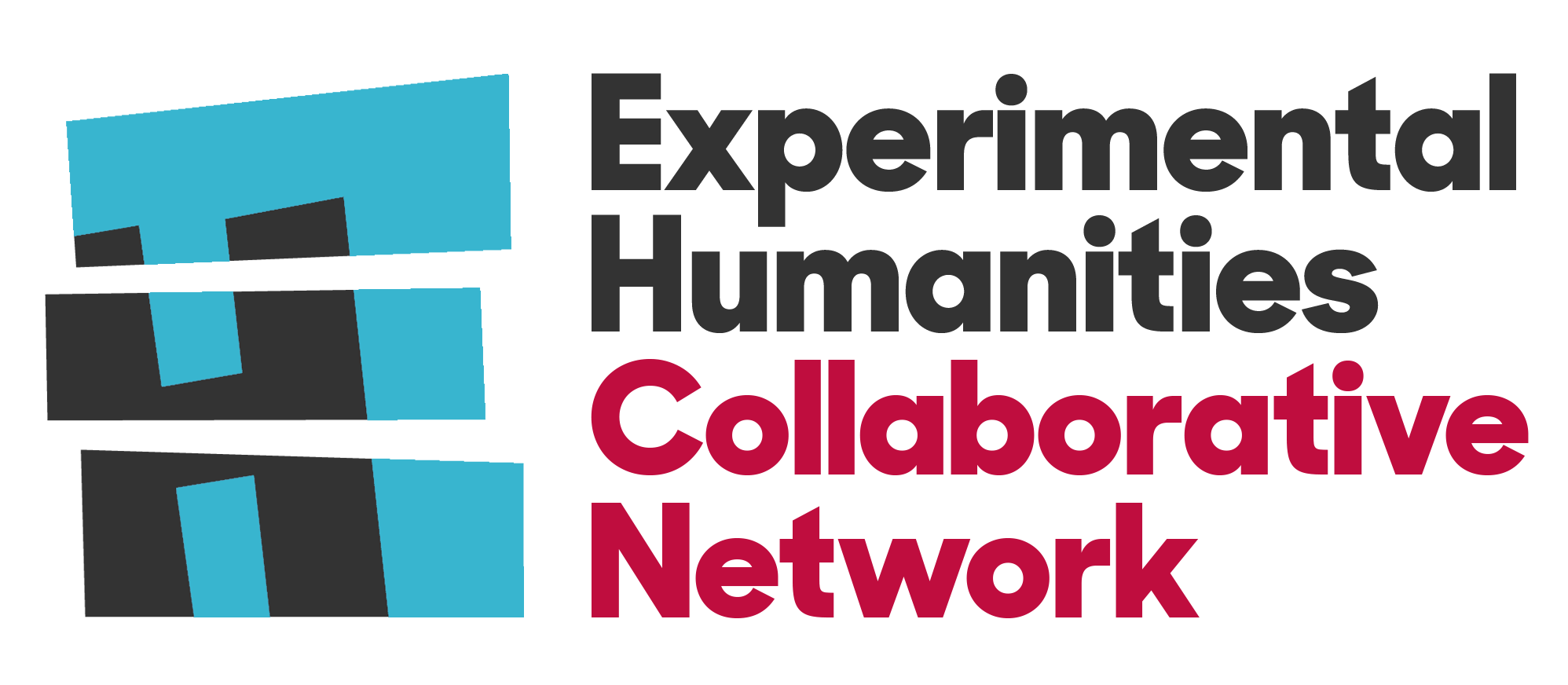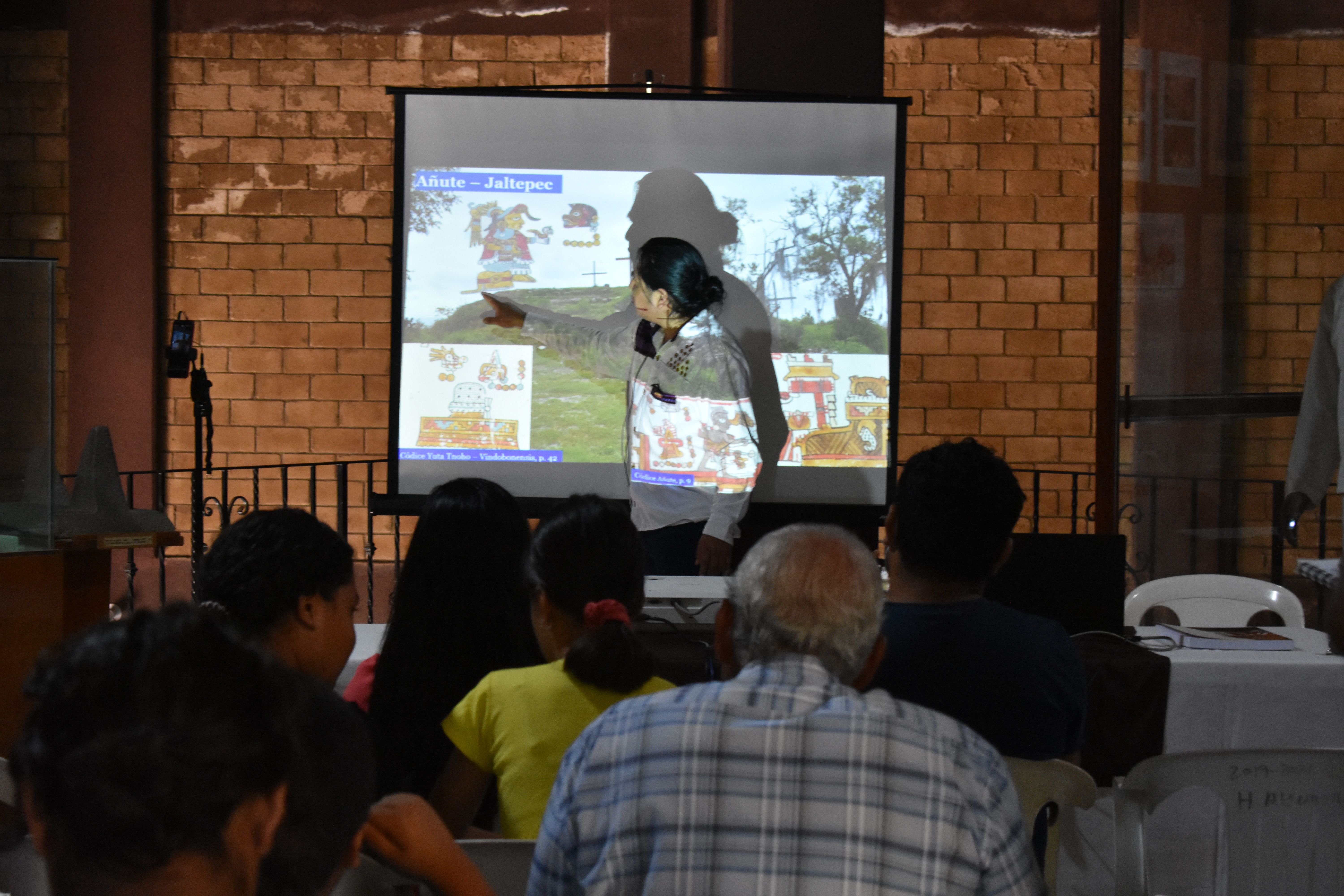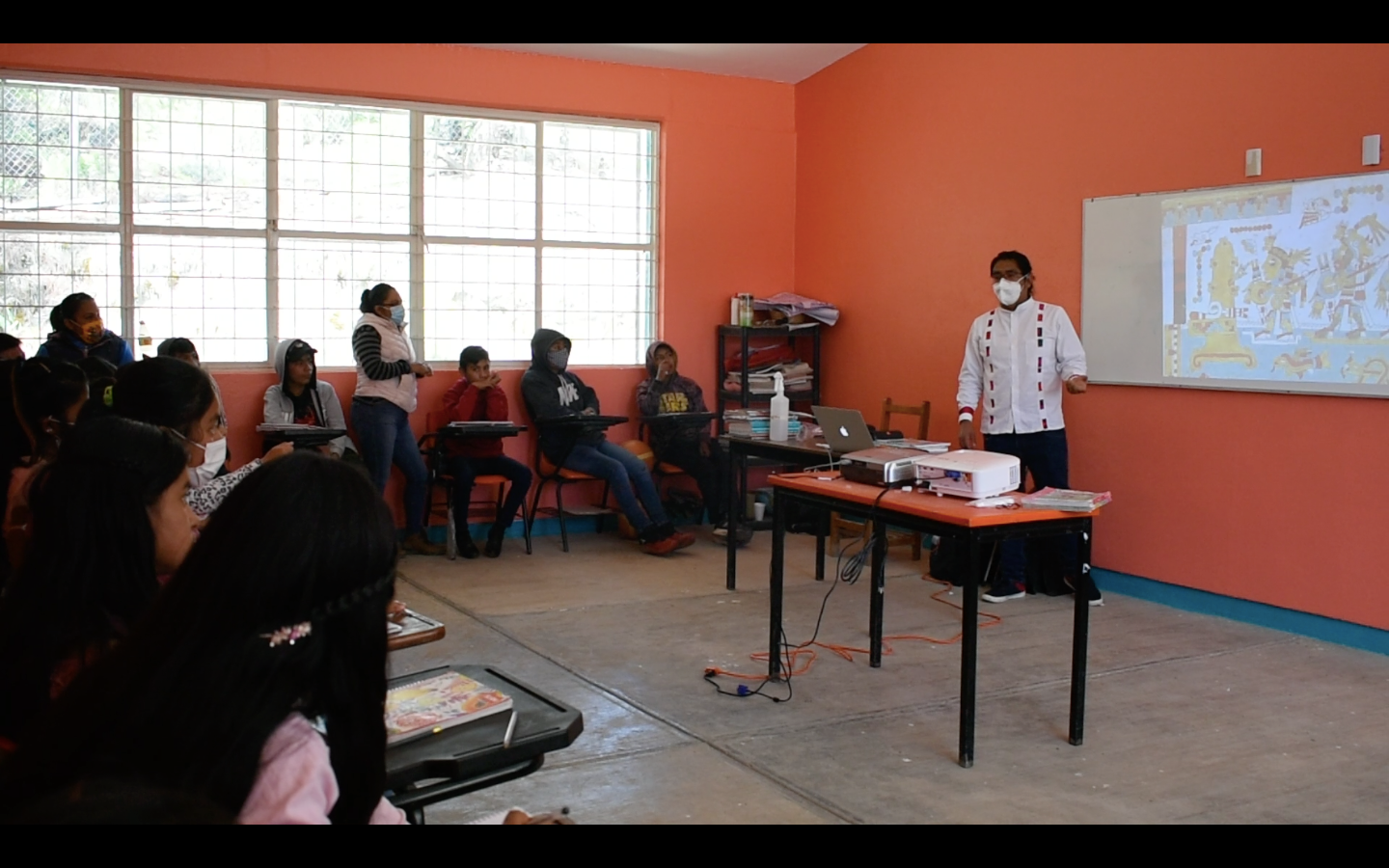Welcome to The Experimental Humanities Collaborative Network
Códices_Mixtecos.com
“Códices_Mixtecos.com” is an ongoing collaborative research project in the Ñuu Savi People—the Mixtec People, one of the 68 Indigenous Peoples in Mexico. Códices_Mixtecos.com is a digital platform that documents and disseminates the knowledge contained in the Mixtec Codex Tonindeye (Nuttall) and its relationship with the history of the Iya Nacuaa Teyusi Ñaña “Lord 8 Deer Jaguar Claw”. For the skills-based workshop, project leader Omar Aguilar Sánchez collected traditional geographic data via drone, added this information to the “Códices_Mixtecos.com” and disseminated the results in the communities, along with discussions about the importance of the codices and the new technology he is using to help develop the digital platform. The workshops not only help disseminate information about the codices but also help youth to use the technology to learn about and document their cultural tradition of writing codices. The project involves members of the Mixtec People with a Postcolonial framework and perspective, in line with the principles of the United Nations Declaration on the Rights of Indigenous Peoples (2007). Particularly, the article 13.1. says: “Indigenous peoples have the right to revitalize, use, develop and transmit to future generations their histories, languages, oral traditions, philosophies, writing systems and literatures, and to designate and retain their own names for communities, places and persons.”
Two workshops were held in Nunuma, Santo Tomás Ocotepec, Tlaxiaco, Oaxaca, Mexico, and in Villa de Tututepec de Ocampo, Oaxaca, Mexico.
Project Leader: Omar Aguilar Sánchez
Project Supervisor: Recovering Voices, National Museum of Natural History, Smithsonian Institution Gwyneira Isaac is a cultural anthropologist and Curator of North American Ethnology at the National Museum of Natural History (NMNH) at the Smithsonian Institution. Her research investigates the dynamics of and intersections between culturally different knowledge systems. Central to this study is her ethnography of a tribal museum in the Pueblo of Zuni, New Mexico, Mediating Knowledges: Origins of a Museum for the Zuni People (2007), in which she examines the challenges faced by Zunis operating between Zuni and Anglo-American approaches to knowledge. Her explorations into these knowledge intersections (either culturally or disciplinarily distinct), include how technology and media are used within the discipline of anthropology. She looks at the different values attributed to the reproduction of knowledge as explored through museum replicas in ‘Whose Ideas Was This?’ Replicas, Museums and the Reproduction of Knowledge’ (2012), as well as “Perclusive Alliances: Digital 3-D, Museums and the Reconciling of Culturally Diverse Knowledges” (2015). Currently, she is researching the history of face casting in the 19th and 20th century and the intersectional histories these now engage, where descendant communities, physical anthropologists and museums grapple with the legacies of these duplicated bodies. As part of the Recovering Voices program she helps to lead at the NMNH, she is working on exploring the use of collections by Native American communities within their cultural revitalization efforts. As part of this effort, in 2012, she formed the Health and Culture Research Group (HCRG) to bridge Anglo-American and Indigenous approaches to Native American health issues. The project she brings to the EHCN OSUN group, To Be—Named, looks at the cultural politics of naming, especially via the intersections between different disciplinary naming practices, colonizing and decolonizing naming practices, as well as issues around naming and race. The aim of the project is to build bridges between the academy and diverse and Indigenous communities, as well as to find multi-modal methods, media and technologies that will help creatively and ethically assemble, exchange and build understanding around responsibilities towards knowledge diversity.Gwyneira Isaac
